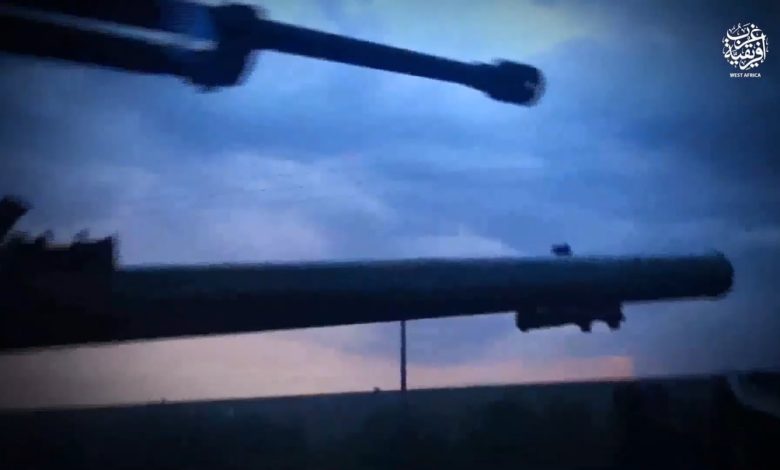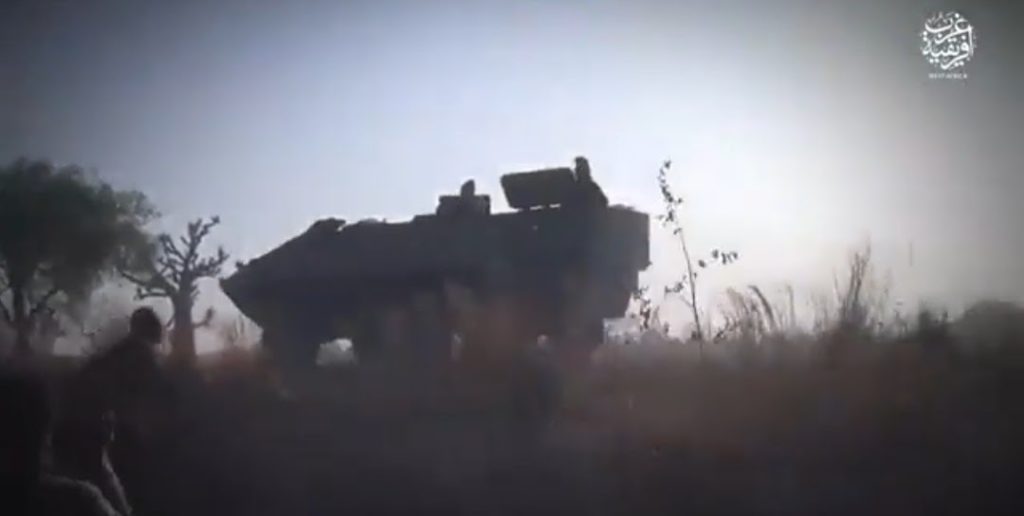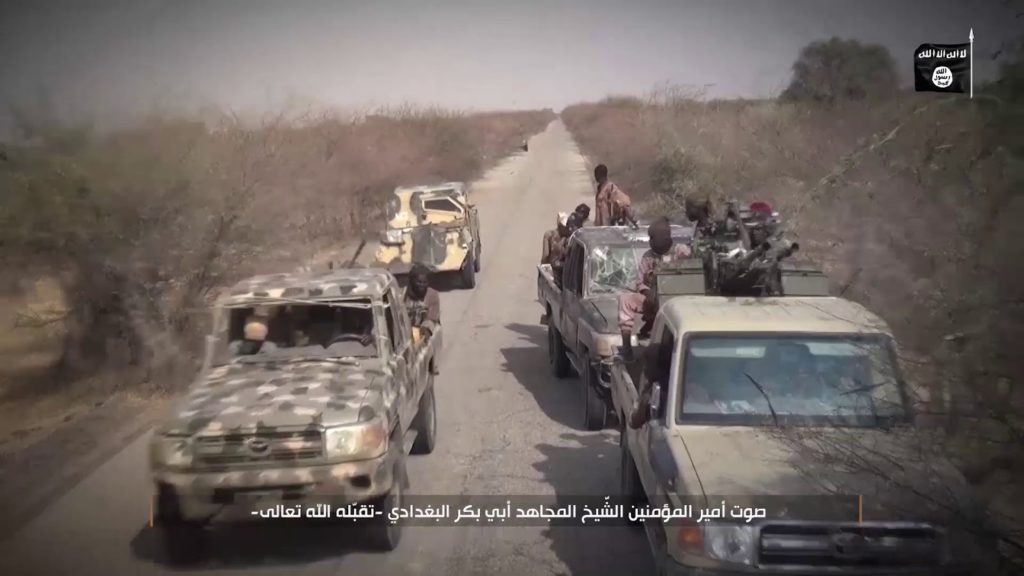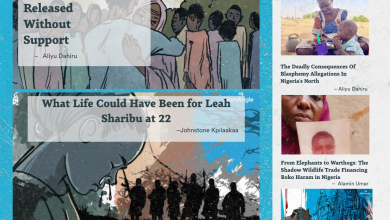
Recent propaganda material posted online by the Islamic State shows the terror activities of its West African franchise in various localities in Northeast Nigeria and a review of it reveals its diverse weapon systems, origins, and the transnational nature of the threat the group poses.
ISWAP routinely produces and publishes multimedia material and statements through the central propaganda channel on attacks against civilians, security forces, and humanitarian actors in the Lake Chad region. They also contain messaging on internal activities of the group and moves to absorb fighters of the rival Boko Haram terror group after the onslaught on Sambisa and Abubakar Shekau’s death.
The new video which surfaced online on Saturday, Oct. 31, combined images of terror attacks on security forces, battlefield tactics and formations, areas of operation, pledge to ISIS, and fighters moving on foot, motorcycles and pickup trucks configured as gun trucks. The video included numerous types of weapon systems such as AK pattern rifles, recoilless rifles, general-purpose machine guns, heavy machine guns, and an armoured car bomb.
Some of the weapon systems and events shown in the video have appeared in previous propaganda materials shared by the ISWAP. The recent video to a certain extent, however, provides an opportunity to further understand ISWAP’s capabilities for terror operations and tactics employed in attacks to overwhelm military positions.

From the video, militants can be seen with arms such as the IWI Galil ACE 32 and 21 rifles likely seized from Chadian forces, Zastava M21 rifle from Cameroonian forces, at least one FN pattern rifle, and a Norinco grenade launcher. They also included numerous AK pattern rifles similar to those captured from Nigerian forces alongside gun trucks seized from national forces and partners in Nigeria and the Niger Republic.
Multiple Dshk and W85 heavy machine guns mounted on trucks were visible in the footage. In addition, there were two gun trucks with 23-2 anti-aircraft twin-barreled guns and one single 23 mm anti-aircraft gun similar to those on ZSU-23-4 Shilka operated by the Nigerian Army.

The video also included militants employing a previously captured Nigerian Army MOWAG Piranha Armoured Personnel Carrier (APC) for an attack on a military base. ISWAP had initially stayed away from using armoured vehicles but had instead removed and used some parts for building up-armoured suicide vehicle-borne Improvised Explosive Devices (SVBIED). However, in the past months, the group has stepped up the use of armour in raids on security forces.

An up-armoured SVBIED configured using a pickup truck and windscreen of an APC appeared in a convoy of gun trucks moving on a road cutting through shrubland. The video also included parts showing fighters around Otokar Cobra APC, Panhard ERC-90 Sagaie Light Reconnaissance Vehicle, Steyr 4K 7FA tracked APC during an April attack in the Kanamma area of Yobe State.
Other parts include the demobilising of a Panhard AML-60 reconnaissance vehicle and Mowag Piranha APC in an attack that happened in a July raid when a base in the Kawuri area of Konduga, Borno State, was overrun. In another segment, a fighter is seen standing on a camouflaged painted Nigerian Army T-72AV main battle tank fitted with explosive reactive armour blocks. This incident occurred in April during an attack on Kamuya military base along the road connecting Biu in Borno and Damaturu in Yobe State.
The timing of the more than 16 minutes long video could indicate an attempt to show lethality despite the recent internal and external trends including skirmishes with fighters of Boko Haram and disengagement by Boko Haram associates fleeing hinterland communities and ISWAP expansion. It also comes at a time of increasing terror attacks following the improvement in mobility associated with the drawback of the wet season.
The video highlights the need for stronger intelligence-gathering activities, situational awareness, and the building of capacity to protect military equipment and facilities. It additionally shows the need for security forces in the Lake Chad Basin and international partners to respond to and mitigate the impact of existing and emerging risks to bases, major towns, and aid operations.
Support Our Journalism
There are millions of ordinary people affected by conflict in Africa whose stories are missing in the mainstream media. HumAngle is determined to tell those challenging and under-reported stories, hoping that the people impacted by these conflicts will find the safety and security they deserve.
To ensure that we continue to provide public service coverage, we have a small favour to ask you. We want you to be part of our journalistic endeavour by contributing a token to us.
Your donation will further promote a robust, free, and independent media.
Donate HereStay Closer To The Stories That Matter




